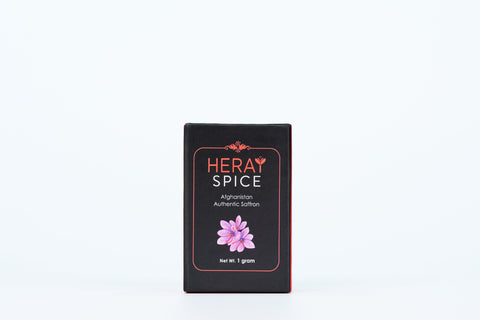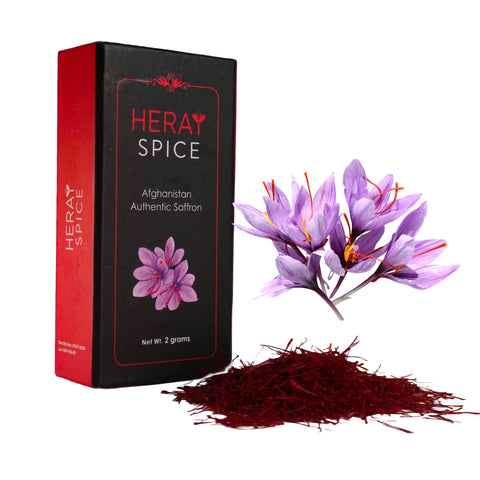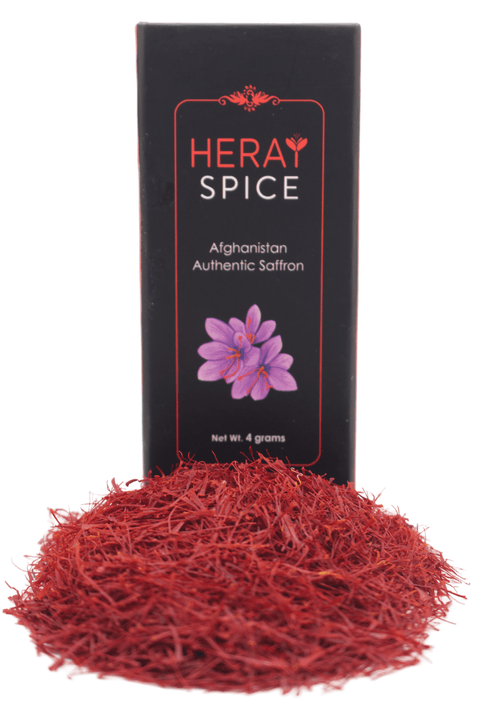Where the fennel is grown, does it all come from one farm or several farms- any specifics on how the climate/elevation/soil of the region is significant to growing of the fennel?
Aside from Herati Heray Saffron we are also sourcing some amazing spices directly from Afghanistan.
Our single origin fennel seeds are coming from Herat and Ghor provinces of Afghanistan. These are the two main locations that we import our fennel seeds.
They come from few farms. A small portion of it is also wild, which is very hard to forage and more expensive.
We used to bring only from one farm, but as demand grew now we are bringing from multiple farms.
- Climate: Fennel generally thrives in temperate climates with warm summers and mild winters. Herat & Ghor climate varies from arid to semi-arid, with regions experiencing hot summers and cold winters. Fennel prefers well-drained soil and moderate rainfall, which can vary across different regions of Afghanistan. Areas with consistent rainfall in winter like Herat & Ghor and moderate temperatures are more conducive to fennel cultivation.
- Elevation: Elevation affects temperature and precipitation patterns, which in turn influence the growth of fennel. Herat, elevation ranges from lowlands to high mountainous regions. Fennel cultivation is more common in regions with moderate elevations where temperatures are not extreme and where there is adequate moisture. High-altitude areas like Ghor have shorter growing seasons and cooler temperatures.
- Soil: Fennel grows best in well-drained, fertile soils with good organic content in Afghanistan. The soil pH should ideally be neutral to slightly alkaline. Afghanistan has diverse soil types, including sandy soils in some regions and loamy or clay soils in others. Sandy soils may drain too quickly, requiring more frequent irrigation, while clay soils may retain too much water, potentially leading to root rot. Soil amendments such as organic matter can help improve soil structure and fertility for fennel cultivation.
When is the harvest season for your fennel seeds (month and year)?
In Afghanistan, our fennel seeds are typically harvested during the late summer and early autumn months, which generally correspond to the months of September, and October of every year. This timeframe aligns with the period when the fennel plants have reached maturity and the seeds have fully developed.
How is your fennel seeds processed? Is it machine or sun-dried?
Our fennel seeds are traditionally dried sun-drying rather than machine drying. After harvesting, the fennel seed heads are typically left out to dry in the sun for a certain period. This process helps to remove excess moisture from the seeds and ensures that they are properly cured for storage or further processing.
The sun-drying method is favored in most parts of Afghanistan due to its simplicity and cost-effectiveness.

- More about fennel growing practices on the farm:
- Given the arid climate in parts of Herat and Ghor, farmers rely on traditional irrigation methods such as karez systems (underground aqueducts) and ganats (tunnels tapping into groundwater) to provide water to their fennel crops. These ancient irrigation systems have been used for centuries and are still vital for agriculture in these regions.
- Farmers in Herat and Ghor practice intercropping fennel (crop alteration) with other compatible crops such as wheat, barley, or legumes. Intercropping helps maximize land use efficiency
crops. - In Herat farming communities, there may be a tradition of saving and selecting fennel seeds from the best-performing plants for use in the next growing season. This practice allows farmers to adapt their fennel crops to local environmental conditions over time and preserve heirloom varieties.
- In rural areas of Herat and Ghor, farming practices often involve strong community ties and collective decision-making. Farmers may come together to share resources, knowledge, and labor for tasks such as planting, harvesting, and processing fennel crops. This cooperative approach strengthens social bonds and supports sustainable agriculture.
- In addition to culinary uses, fennel is valued for its medicinal properties in Afghan culture. Local farmers and herbalists in Herat and Ghor have unique knowledge about the medicinal benefits of fennel and incorporate it into traditional herbal remedies and healthcare practices.
Any sustainability aspects to the growing of this fennel:
- At Heray Spice we are Supporting farmers' access to fair markets and equitable trade practices is essential for ensuring the economic sustainability of fennel cultivation in Herat and Ghor.
Our fair trade initiatives help small-scale farmers receive fair prices for their produce, incentivizing sustainable farming practices and improving livelihoods. - Building resilience to climate change is a critical aspect of sustainability in agriculture. Farmers in Herat and Ghor may adopt climate-smart agricultural practices such as drought-tolerant crop varieties, rainwater harvesting, and agroforestry to mitigate the impacts of climate variability and ensure the continued productivity of fennel crops.
- Promoting agroecological diversity through crop rotation, intercropping, and polyculture systems can enhance soil health, pest management, and overall ecosystem resilience. By diversifying their agricultural practices, farmers in Herat and Ghor can reduce dependence on chemical inputs and improve the sustainability of fennel cultivation.
- Soil erosion is a significant challenge in many parts of Afghanistan, including Herat and Ghor. Farmers can implement soil conservation practices such as contour plowing, terracing, and cover cropping to reduce soil erosion and maintain soil fertility for fennel cultivation.











